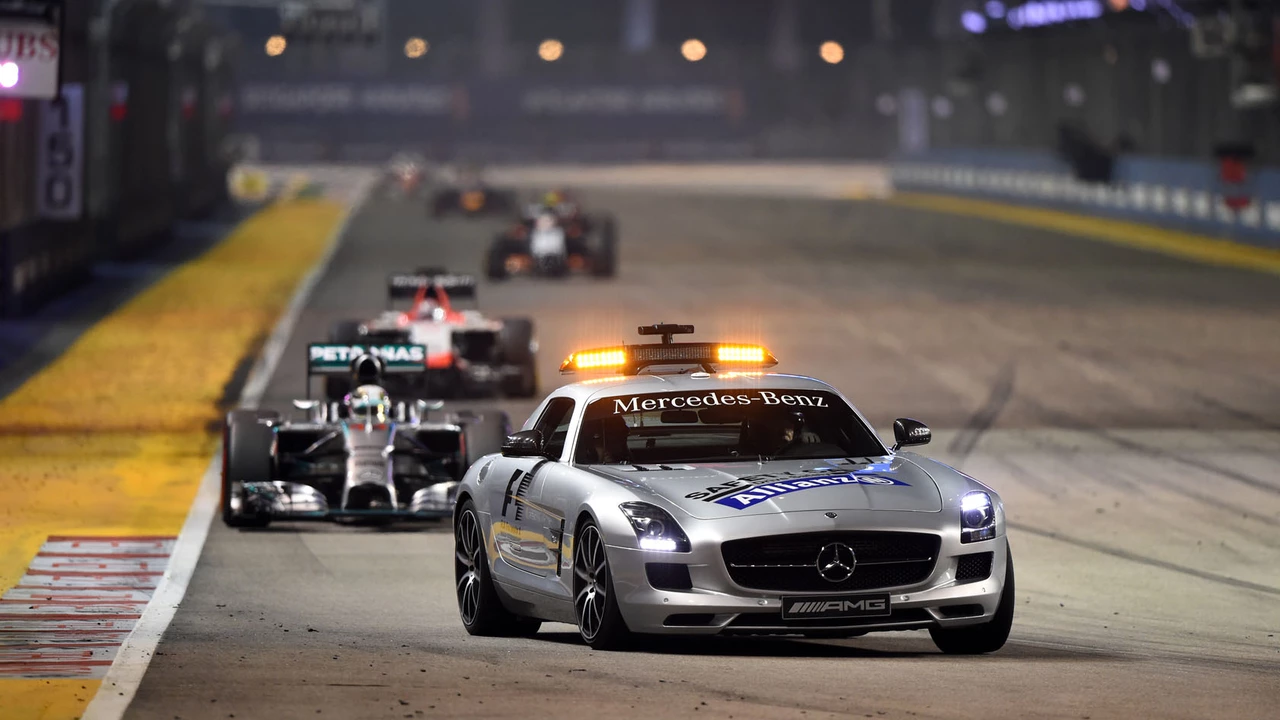Race Driving Strategy: Real‑World Tips for Rally Success
If you’ve ever watched a rally and wondered how the drivers stay in control on loose gravel, the answer is a mix of smart strategy and simple habits. You don’t need a PhD in engineering to improve your laps – just a few clear‑cut actions that keep you fast, safe, and consistent. Below are the core ideas that every UK rally driver should have in the back of their mind before they even step on the start line.
Gear Shifting and Car Control
Most rally cars use a sequential gearbox, which means you push the lever up for a higher gear and pull it down for a lower one. The big win here is speed: you can shift in a fraction of a second without hunting for the right gear. The trick is to match the engine revs with the road surface. On loose gravel, keep the revs a little higher than you would on tarmac – that extra bite helps you pull out of a corner without losing traction.
When you’re approaching a tight turn, brake before the corner, then flick the shifter to the next gear while you’re still on the brake pedal. This “pre‑shift” keeps the car in its power band and reduces the time you spend off the throttle. The result? A smoother entry and a quicker exit, which adds up over a stage.
Using Your Co‑Driver Effectively
The co‑driver isn’t just a passenger reading notes; they’re your second set of eyes on the road ahead. Make a habit of pausing for a quick “call‑out” before every major change – a jump, a tight hairpin, or a surface switch. These short confirmations let you mentally prepare for what’s coming and keep you from reacting too late.
Communication should be concise. A phrase like “left 50, tight, gravel” tells you the direction, severity, and surface in one breath. If you’re new to rallying, practice repeating the notes out loud while the co‑driver reads them. It trains your brain to digest the information faster, which is crucial when you’re hitting 120 mph on a loose surface.
Another handy strategy is “pacing”. Don’t try to push flat‑out on every straight. Early in the stage, aim for a steady pace that keeps your tires within the optimal temperature window. As the stage progresses and you feel the grip improving, you can whisper in a little more power. This method reduces tire wear and helps you avoid sudden loss of control on the later corners.
Finally, keep the car balanced. If you notice the rear sliding early, ease off the throttle a split second and use a brief hand‑brake tap to rotate the car. This is the same technique you see in the best rally videos – it sounds fancy but it’s just a controlled slide. Practice it on a low‑risk section, then apply it where you need the most time saved.
In short, a winning race driving strategy is built on three pillars: quick and accurate gear shifts, clear co‑driver communication, and smart pacing. Master these, and you’ll see your stage times drop without having to spend a fortune on extra horsepower. Ready to hit the stages? Grab your notes, sync with your co‑driver, and give those sequential gears a spin – the road is waiting.
How does race driving strategy differ between rally and F1?
In comparing rally and F1 racing strategies, the differences are clear. Rally racing is all about endurance and adaptability, as drivers navigate a variety of terrains and weather conditions, often in a single race. In contrast, F1 racing is a precision-oriented sport where every millisecond counts, and the focus is on mastering a specific track. Unlike rally, F1 also emphasizes the importance of pit strategy and tire management. Overall, the two sports require distinct mentalities and skills, reflecting their unique challenges and thrills.
Read More

